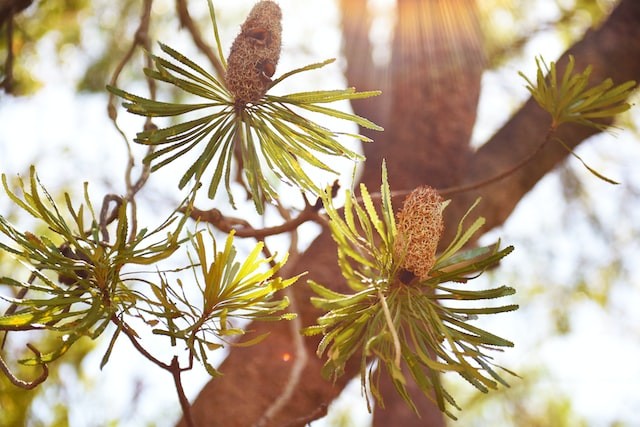The creation of a program to encourage the usage of native flora received county supervisors' approval on Wednesday.
The initiative would work to protect animals from the effects of climate change as well as the county's distinctive plant life and natural environmental characteristics.
It would also work to conserve water and cut back on stormwater pollution.
Approve Native Plant Promotion Program
 (Photo : Paris Speak/Unsplash)
(Photo : Paris Speak/Unsplash)

The multi-year program will start with the creation of a website wherein people can learn further about native plants, the creation of instructional resources for the general public and expert landscapers, and the installation of demonstration gardens at County facilities, as per San Diego Country News Center.
The program would eventually develop incentives to encourage individuals to use native plants, provide ready-made landscaping templates to accommodate their use, and produce a manual on native plant landscaping design.
The lovely California buckwheat, lilacs, oaks, and sages that grow untamed in the backcountry are examples of native flora that have developed here over thousands of years.
In comparison to plants like non-native flowers and non-indigenous plants that are native to rainier climes, they, therefore, have a lower natural water requirement.
Additionally, native plants offer animals and pollinating insects a natural environment.
By widening the market for landscape architecture and nursery production, Lawson-Remer said that the native plant program may also help the county's regional economy.
The California Native Plant Society and a group of over 60 specialists in native plants, landscape ecology, and habitat protection collaborated with County Land Use and Environment Group staff members to lay the foundation for the program.
Also Read: Native Plants and Water Use: Oregon State Bunch Gathers Grass
Matter of having native plants
Native plants are ones that naturally grow in the area where they were first domesticated.
They serve as the ecological foundation for all life, including humans and birds.
Local birds cannot exist without them or the insects that had an evolutionary history with them, as per Audubon.
Unfortunately, foreign species from other countries make up the majority of the landscaping plants that are sold at nurseries.
These foreign plants damage the remaining natural areas' environment and break the food chain, but many have also evolved into invasive pests that outcompete native species.
The benefits of having native plants is that they are low maintenance, they often require little upkeep once they are established.
Numerous native plants provide bright fruits and seeds, plentiful attractive blooms, and stunning seasonal color changes, ranging from the early spring's thin, pale greens to the autumn's blazing yellows and reds.
Native plant landscaping can help stop climate change.
Numerous native plants, especially long-lived trees like oaks and maples, are efficient at storing the greenhouse gas carbon dioxide, which helps to reduce noise and carbon pollution from lawn mower exhaust.
Native plants use a lot less water since they are tailored to the environmental circumstances of the area, which saves time, money, and probably the most precious natural resource of all water.
Numerous other wildlife species profit as well, in addition to providing essential habitat for birds.
The vibrant assortment of moths and butterflies, including the recognizable monarch, swallowtails, tortoises, and lovely blues, are all reliant on a small number of native plant species.
Native plants provide nectar for pollinators like hummingbirds, native bees, butterflies, moths, and bats.
Many mammals can find shelter from them in safety.
All types of species can eat the native nuts, seeds, and fruits that are produced by these plants.
Related Article: How to Grow a Native Garden: A Guide for Beginners
© 2024 NatureWorldNews.com All rights reserved. Do not reproduce without permission.

![Tsunami Hazard Zones: New US Map Shows Places at Risk of Flooding and Tsunamis Amid Rising Sea Levels [NOAA]](https://1471793142.rsc.cdn77.org/data/thumbs/full/70325/280/157/50/40/tsunami-hazard-zones-new-us-map-shows-places-at-risk-of-flooding-and-tsunamis-amid-rising-sea-levels-noaa.jpg)



